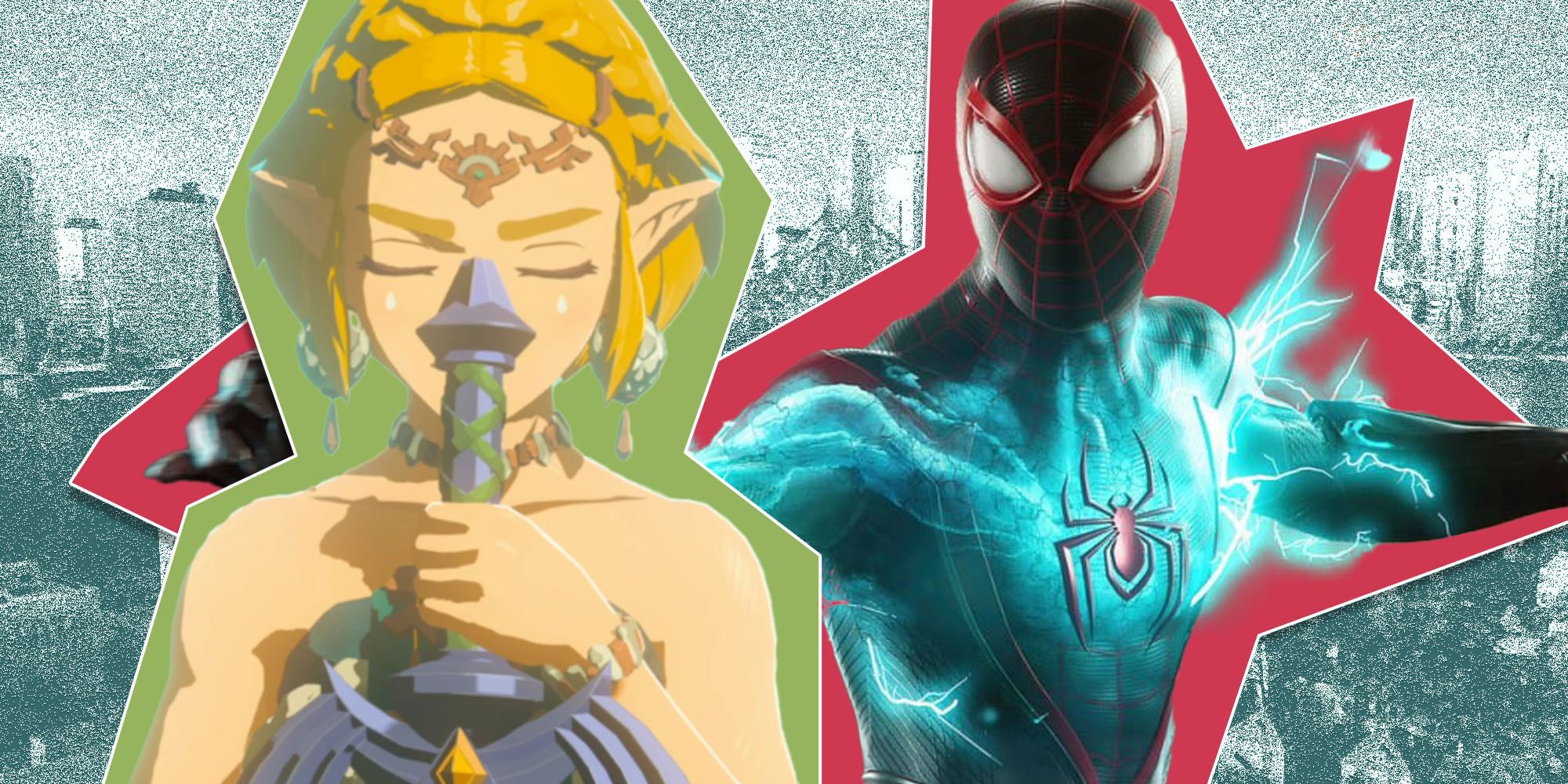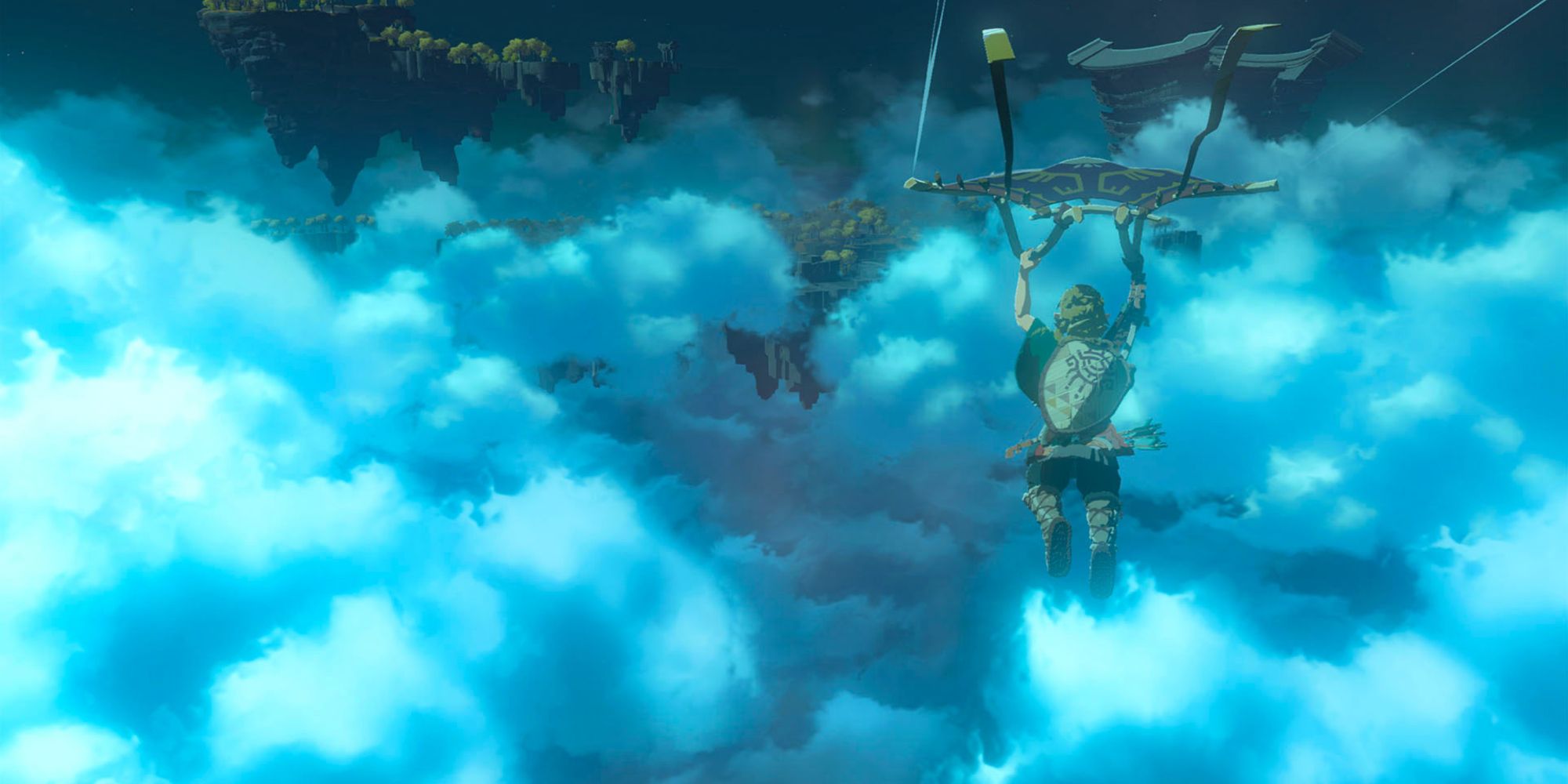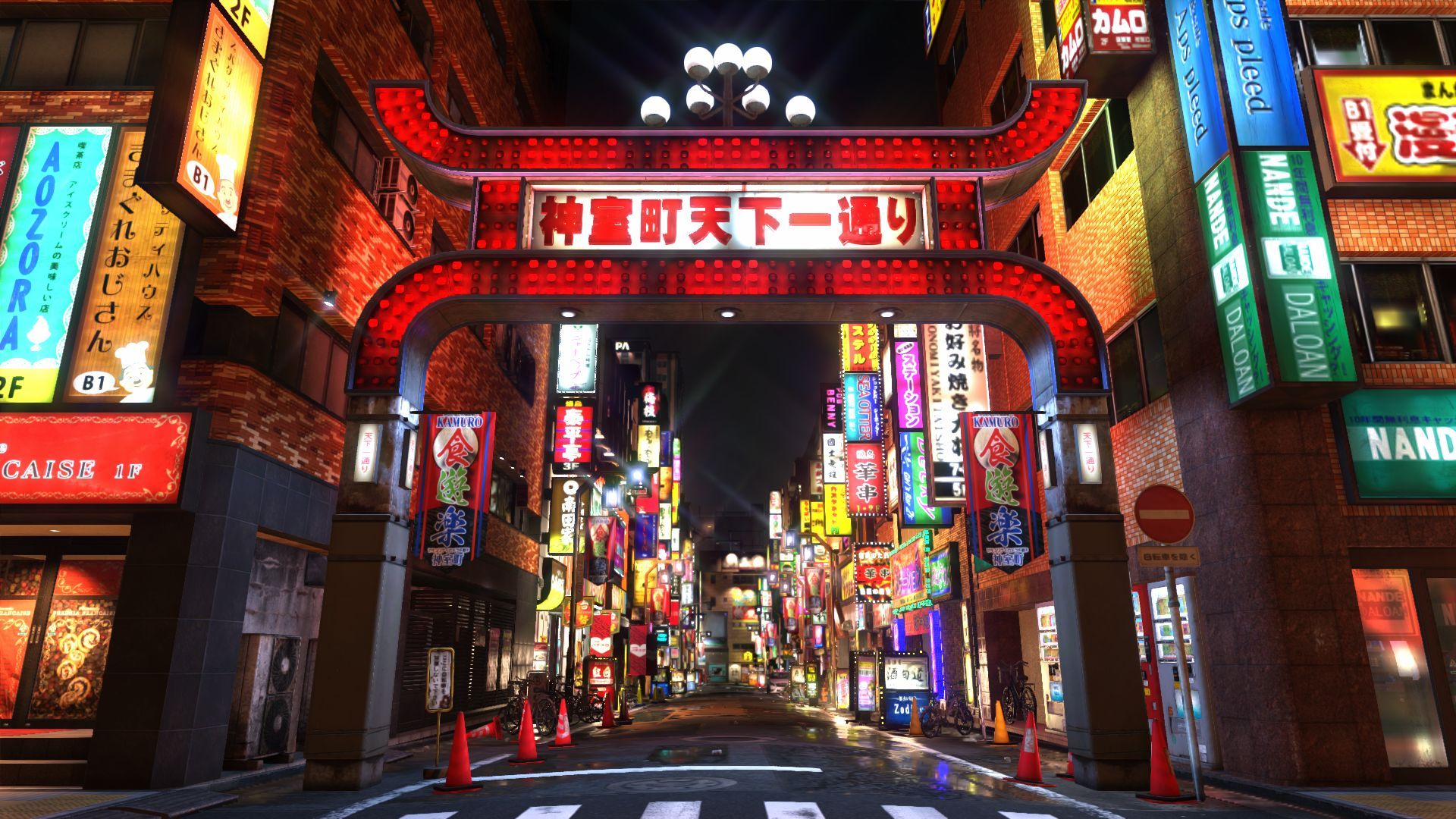Oh look, it’s another season of Gaming Discourse! The topic this time? Asset reuse. According to people who have never given actual game development a more fully-formed thought than ‘if I won the lottery, I’d make the game of my dreams’, a developer reusing assets that they already have access to is pure laziness. The current victims of this discourse are the big open world titles du jour, Tears of the Kingdom and Spider-Man 2. These are small voices amplified by Twitter’s baffling algorithm, but it’s a debate that’s been bandied around the internet for years.
This is not an argument that I understand. From a purely logical point of view, what use is there in not using the assets that you already have access to? Reusing assets is simply a practical solution to cutting down the already painfully-long development times that video games must deal with these days. Creating a video game takes a ton of time, effort, and money, with even the tiniest details coming under scrutiny and going through phases of feedback and iteration. If you can take a shortcut through asset reuse, you should.
I’d wager that the only reason Tears of the Kingdom was able to bring us three complete, fully-realised levels to its world is that the majority of Hyrule was already built and established in Breath of the Wild. It’s a clear-cut example of asset reuse allowing the creativity to flow elsewhere, expanding the world of Hyrule substantially, and making the game far more impressive as a result.
I recently played Monster Menu: The Scavenger’s Cookbook, a dungeon-crawling roguelike with an anime-esque style. On the face of it, the art feels generically familiar in an almost-distracting way, but after sticking with the game for an hour you’ll start running into monsters pulled right from the Disgaea series, such as zombies and sea angels. When you clock this, Monster Menu’s style makes total sense - it’s a Nippon Ichi game through and through. The assets help build a developer’s identity in a way that bridges between different IPs. This is something we see time and time again - FromSoftware’s games share monster models and character animations, The Last Remnant’s weapon models show up in more recent SaGa games, and basically every Valve game has something in common with each other, from props to sound effects.
This is indicative not of laziness but of confidence in the assets themselves. This confidence begets more confidence in the game itself. Yakuza is a great example of this. The Yakuza games all take place in the city of Kamurocho, and the city is basically a character in itself. It’s a setting with locations and set pieces that are reused between games, evoking familiarity and giving the series that important constant, something that sustains its identity. Kamurocho allows Sega to experiment more with innovative game mechanics and new directions, serving as a safe base to explore from.
It’s plain to see that the vocal few who proclaim ‘laziness’ when a sequel is set in the same game world as its predecessor are either misguided or trolling. Building a catalogue of reusable game elements is a logical practice, as well as a way of establishing an identity for studios across various games. Thinking that there’s some invisible line to cross that makes such practice evidence of laziness makes no sense; we’ve just gotten to the point where dissenting voices are amplified, the subsequent dunks on those voices are further amplified, and we end up getting thinkpieces like this one. Asset reuse isn’t lazy, and it’s a lazy implication to make. Critique a game on what makes it stand out, not on the disparate elements you just happen to recognise.



